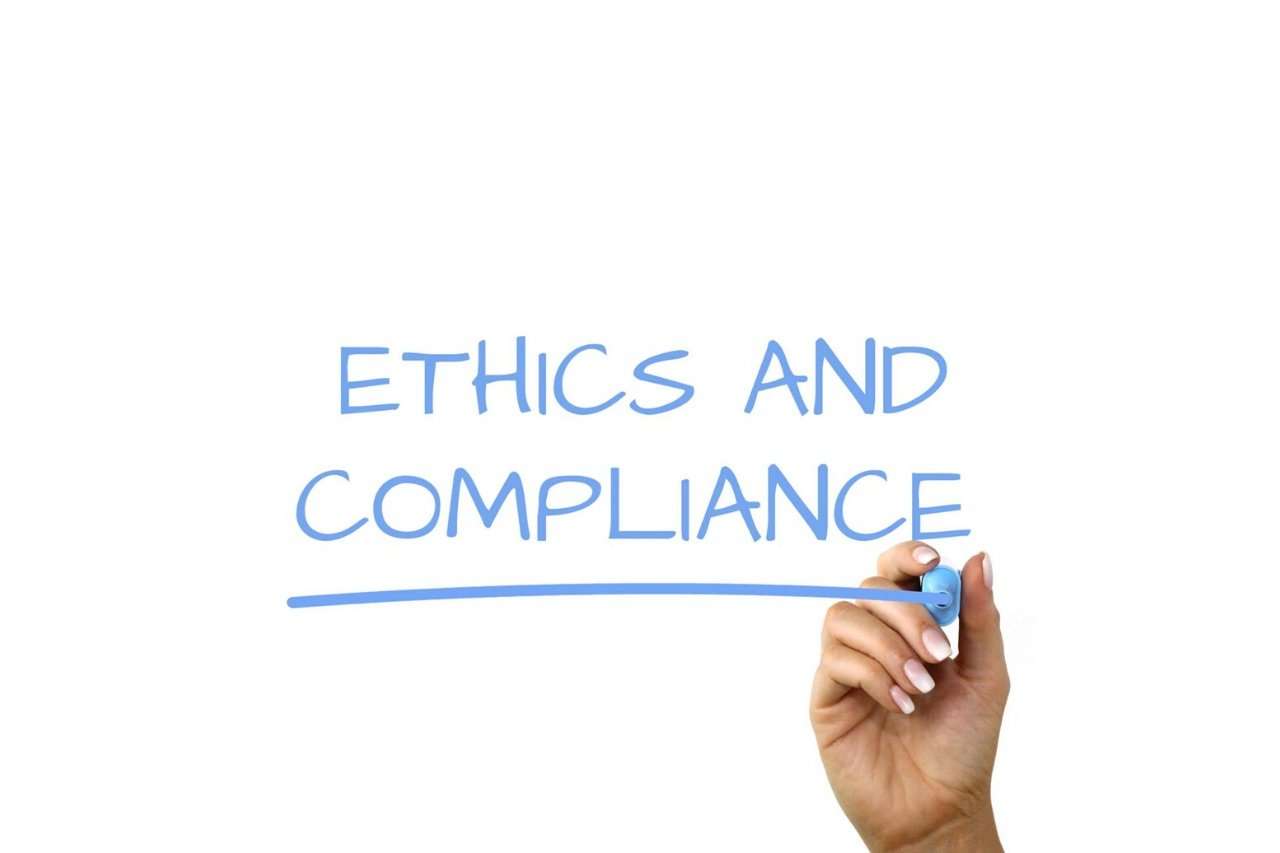The idea of compliance training has become a cornerstone in the corporate sector and all signs point to it being here to stay. In order to survive and thrive, companies must make sure they are complying with the regulations that they set or have been set for them.
This means not just legal regulations that all companies in the sector must follow, but also the guidelines the company has established for itself. Once the compliance plan takes into account the relevant regulations and legislation (by country and by sector), it’s good practice to throw business ethics into the mix as well.
Why is it important to cover ethics in compliance training?
Most, if not all, companies have specific operating systems that can be broken down into management and development processes, whether they’re well-defined or not. Within their system, disruptive companies show a commitment to innovation by making sure their compliance training plan guarantees:
- Worker safety and health
- A brand promise
- A code of ethics
- Compliance with relevant legislation.
- Clear internal organization.
Combining these elements allows companies to build a corporate identity based on a solid reputation and industry success.
It’s not just about objectives or goals, it’s also important to ensure the process of achieving these results is respected. Therein lies the importance of establishing detailed standards relating to business ethics.
How to cover the subject of ethics
1. Assess the risks and opportunities
In any training plan, a number of vulnerabilities and strengths exist that could and should be evaluated ahead of time. Running a SWOT analysis will give you an idea of what aspects could be changed or developed.
You’ll be able to see if any company policies should be changed or even, in some cases, scratched to start over.
2. Define the guiding principles of your business
A company’s culture is heavily defined by its Code of Ethics and Professional Conduct. That’s where ethical guidelines –and the consequences of acting outside of them– are determined.
Some of the most common principles of ethics are:
- Loyalty
- Quality
- Excellence
- Sustainability
- Transparency
- Respect
- Environmental protection
- Respecting human rights
Particular attention should be paid to this process in order to best determine which ethical pillars that will be highlighted in the company’s compliance plan.
3. Set up a compliance plan
The compliance plan can only begin to take shape once you have the guiding principles of the company clearly in place. To do so, you’ll have to take all regulatory criteria into account from the proposal stage all the way to implementation.
Remember, the main purpose is to define and shore up your company’s ethical culture.
4. Clearly define what implementation will look like
Every company communicates with its employees in a different way, so you’ll be the best judge of how to do it in a way that makes sense for yours. The important thing is for all employees to be in the loop. They should all receive uniform information before starting the compliance plan, as well as regular, top-down communication once it’s underway.
5. Train your employees
Your employees must have the correct know-how to implement and stick to the company’s compliance plan. High-quality training is the best option for making sure every employee has what they need and is on the same page.
Often times, the term “compliance” brings up images of boring theoretical concepts and rote memorization. It’s no surprise that it’s one of the training topics that employees least enjoy.
However, it’s not written in stone that compliance training must be boring. In fact, it can be engaging, and even fun, if you choose the right training approach. For example, DKV Seguros opted for game-based learning for its companywide compliance training, which included the company’s code of ethics, and saw the following results:
- 90% completion rate
- 98.6% recommendation rate
- Increased employee engagement
- A change in the company mindset towards this type of training
6. Conduct research into the internal results
Once the system for managing ethical regulations is put in place, then you can make sure companywide compliance is being met.
A company’s ethical and cultural tenets can be seen on a daily basis, so it is important to measure other related processes as well, from training results to uniform compliance with company guidelines. A verification system such as this allows companies to analyze their approaches and see what’s working and what isn’t.
For this reason, it’s also a good idea to organize follow-up meetings with team managers to discuss possible points of improvement and give feedback.
In short, ethics is a necessary component in a thorough compliance training plan. It allows the company to adapt and adhere to new regulations- both external (government legislation, occupational risk management standards, etc.) and internal ( a company’s own code of ethics and conduct.)





